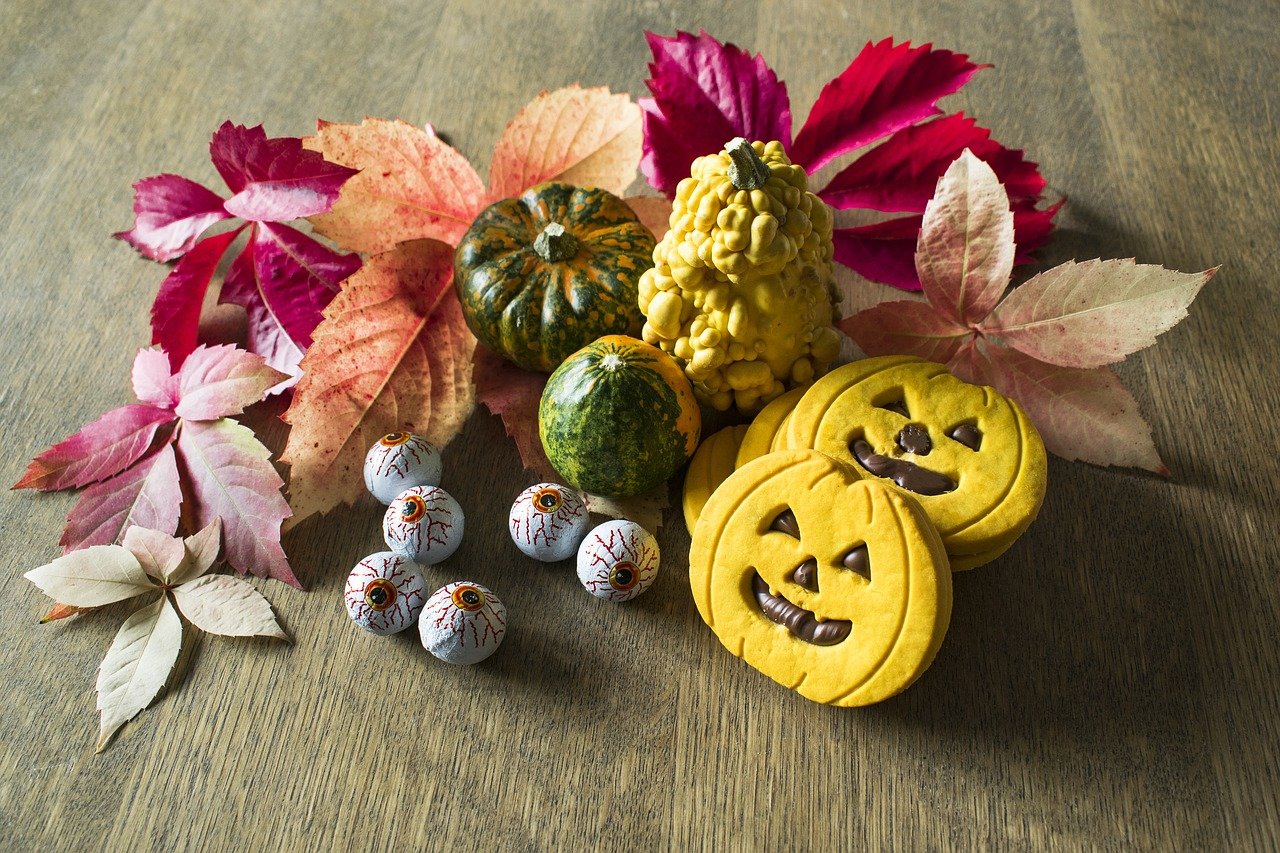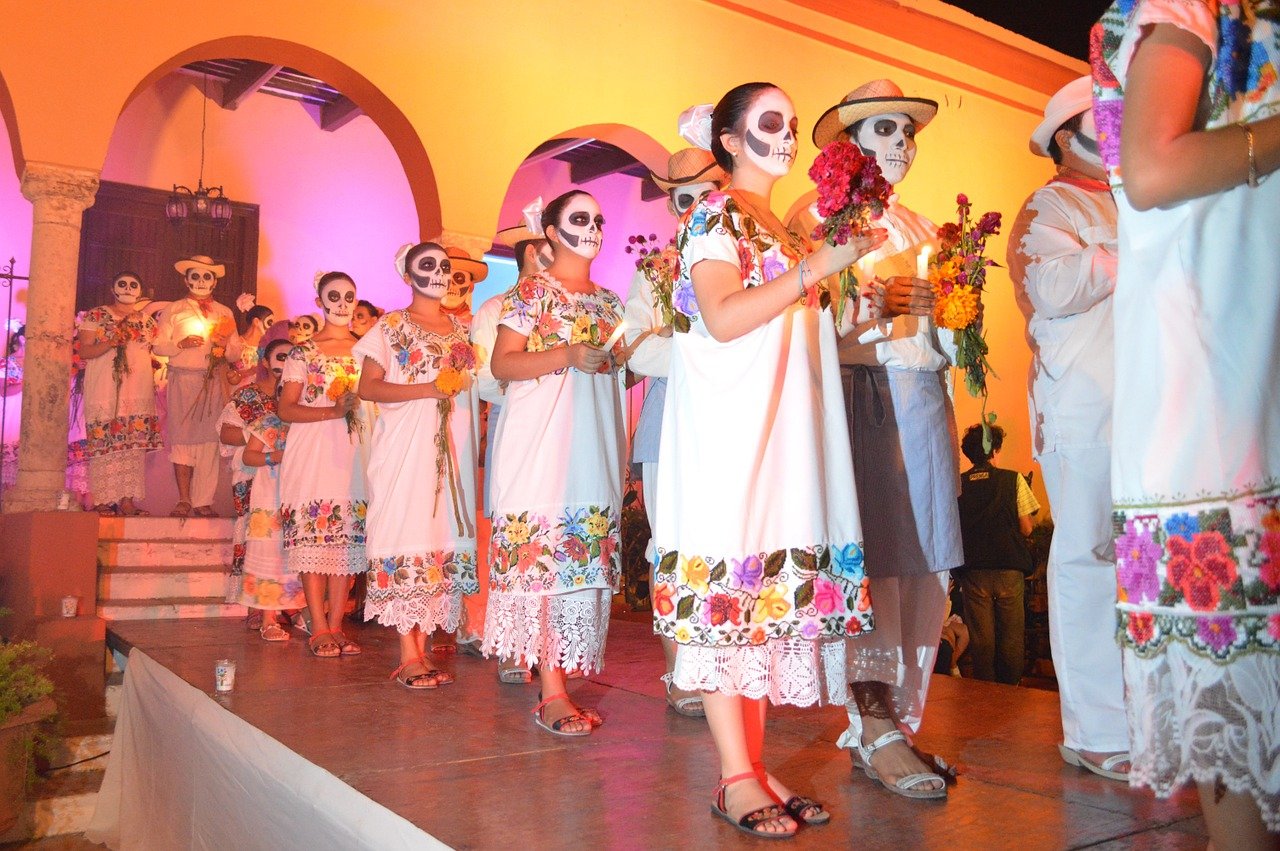Celebrating Los Dias de los Muertos
Los Dias de los Muertos (The Days of the Dead) take place on November 1 & 2 each year, coinciding with the Catholic holidays 'All Souls Day' and 'All Saints Day'. Over thousands of years, this holiday has become a combination of ancient traditions native to Mexico and parts of Central America, where Aztec and other tribal practices later infused with Catholic rituals brought to the region with Spanish conquistadors from Europe.
The Days of the Dead celebrate death as part of the human experience. Tradition holds that the dead would be offended by grieving and sadness, so festivities honor them with laughter and joy.
During Dias de los Muertos, the dead are awakened from their eternal slumber to return as a vibrant part of the community. They are revived with objects and activities they enjoyed in life, such as food, drink, and music.
The Days of the Dead bring Memories to Life
Although the celebration is bittersweet and its symbols macabre, Los Dias de los Muertos usually maintains a happy atmosphere well into the evening. Family members recall departed loved ones, sharing humorous and endearing stories around graves. Ofrendas, (offerings) are placed into an altar for the departed and often include favorite snacks, a picture of the remembered, and a grooming kit including comb, razor, etc. so the person can tidy up themselves after their long journey between worlds. The altar ofrendas vary, based on the person (or beloved pet) being remembered, but every altar should contain water, salt and bread for refreshment and purification.

Day of the Dead: Skulls and Skeletons, Treats and Traditions
Representations of calacas (skeletons) and calaveras (skulls) are common, dating back to Aztec rituals where skulls were saved and used as part of ceremonies. Catrinas are a specific type of calavera: well-dressed, wealthy women of the early 20th century. Ironically, this image was created by satirical artist Jose Posada to represent the indigenous people who were beginning to deny their heritage and dress like the European aristocracy who now inhabited their lands, whitening their skin with makeup and dressing in foreign fashions.
Sweets, such as pan de muertos (bread of the dead) and sugar skulls, are common treats for Dia de los Muertos. The sweet candy is a balance to the bitterness of death.
Dia de los Muertos often involves cleaning and decorating the graves of loved ones. Adult graves are marked with orange marigolds, while white orchids are left at children's graves.



